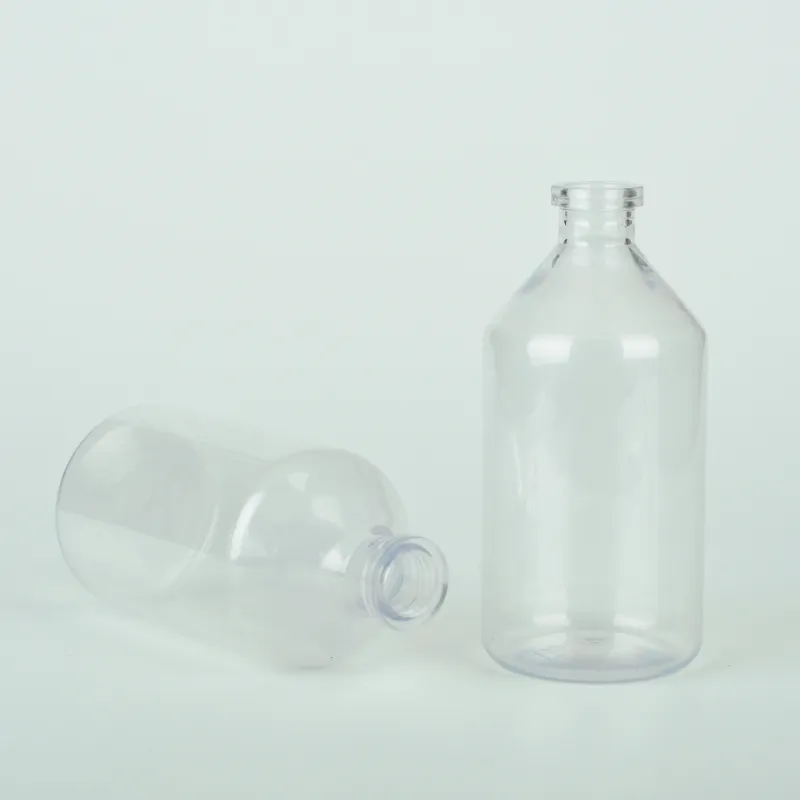Calibration Procedures for Centrifuge Tubes in Laboratory Settings and Applications
Calibrated Centrifuge Tubes A Critical Tool in Laboratory Settings
Centrifuge tubes are essential components in various laboratory applications, ranging from clinical diagnostics to research in biochemistry and molecular biology. Among these, calibrated centrifuge tubes hold a special significance due to their precision and reliability in separating substances of different densities. This article explores the importance, applications, and best practices associated with calibrated centrifuge tubes.
The Importance of Calibration
Calibration refers to the process of configuring an instrument to provide a result for a sample within an acceptable range. In the context of centrifuge tubes, calibration ensures that the measurements taken during centrifugation are accurate, consistent, and reproducible. This is particularly vital when it comes to applications where precise quantification is necessary, such as in blood sample analysis, the preparation of reagents, or when isolating cellular components.
Manufacturers typically calibrate centrifuge tubes to specific standards, which denote their volume and allow for the accurate measurement of solutions. These tubes are marked with graduated scales, which help technicians and researchers quickly assess the volume of liquid inside. Without proper calibration, the results obtained from experiments can vary widely, leading to erroneous conclusions and potentially detrimental outcomes.
Applications of Calibrated Centrifuge Tubes
Calibrated centrifuge tubes find extensive use in numerous fields, including medical laboratories, pharmaceuticals, and academic research. In clinical settings, for instance, they are invaluable for blood serum separation, where centrifugation is employed to separate serum from blood cells. The accuracy provided by calibrated tubes ensures that the blood components can be assessed effectively for various diagnostic purposes.
In research labs, these tubes are used in various procedures, including the separation of DNA, RNA, proteins, and other biomolecules. Calibration becomes crucial when quantifying these materials; even minuscule differences in volume can lead to significant discrepancies in experimental results. Researchers often need to know the concentration of samples with high precision, making calibrated centrifuge tubes an indispensable tool in their arsenal.
Moreover, in applications involving culture media preparation, calibrated centrifuge tubes prevent loss or contamination of valuable biological samples. Ensuring accurate measurements can lead to improved success rates in microbial cultures and cell line development, where conditions must be controlled meticulously.
calibrated centrifuge tubes

Best Practices for Use
To maximize the effectiveness of calibrated centrifuge tubes, researchers should adhere to several best practices
1. Proper Handling Always handle calibrated centrifuge tubes with clean hands and use gloves to prevent contamination. Avoid touching the inner surfaces, as residues can alter the results.
2. Avoid Overloading Follow the centrifuge's guidelines regarding the maximum volume of samples. Overloading can lead to improper separation and damage to the tubes.
3. Balance Samples Ensure that samples are balanced within the centrifuge. Uneven weight distribution can create vibrations and lead to inaccurate results or even damage to the equipment.
4. Routine Calibration Checks Periodically check the calibration of centrifuge tubes, especially if they are subjected to extreme temperatures or physical stress. Even minor changes can affect the accuracy of measurements.
5. Use Appropriate Tubes for Specific Applications Not all centrifuge tubes are created equal. Selecting the right tube for the application (e.g., material type, volume capacity) is crucial for successful outcomes.
Conclusion
Calibrated centrifuge tubes are a fundamental component in modern laboratories, facilitating precise measurement and separation of samples across various scientific domains. Their role cannot be overstated, as accuracy and reliability are paramount for obtaining valid experimental results. By adhering to best practices and utilizing proper calibration techniques, laboratories can ensure the integrity of their results, contributing to advancements in medicine, research, and technology. In an era where precision is key, calibrated centrifuge tubes exemplify how effective tools can enhance scientific endeavors and outcomes.
-
Aesthetic Makeup Spray Bottles | Fine Mist Empty RefillableNewsAug.19,2025
-
White Plastic Veterinary Vaccine Vials | Lab Liquid BottlesNewsAug.18,2025
-
Plastic Medicine Liquid Bottle: Secure Flip Top Drug VialsNewsAug.17,2025
-
Durable 250ml Blue Plastic Vaccine Vial for Lab & Vet UseNewsAug.16,2025
-
Sterile Virus Sample Tubes: Secure & Reliable Specimen CollectionNewsAug.15,2025
-
White 250ml Plastic Vaccine Vial for Lab & Vet MedicineNewsAug.14,2025
























